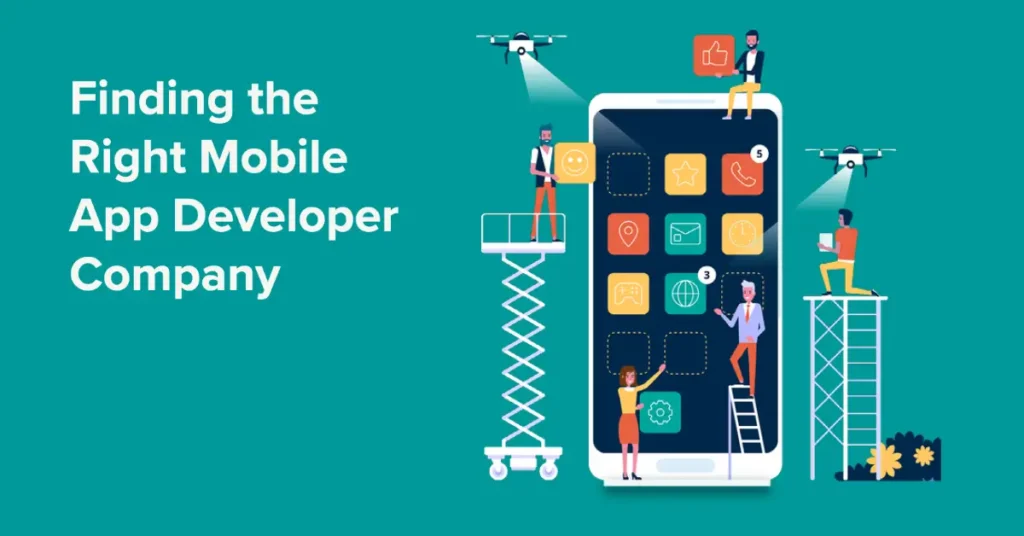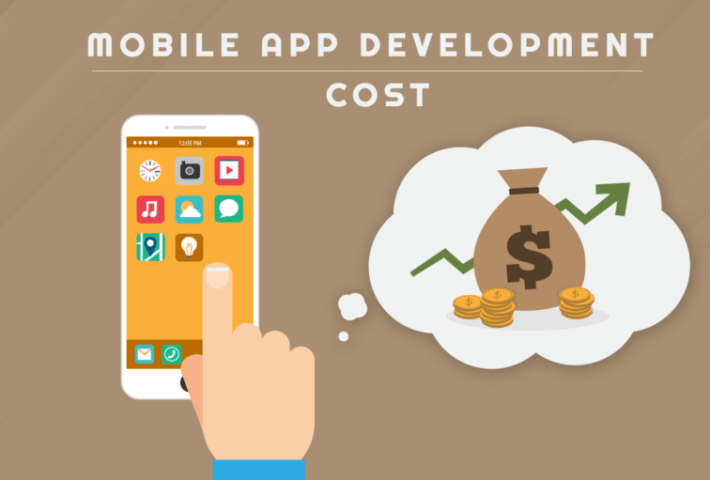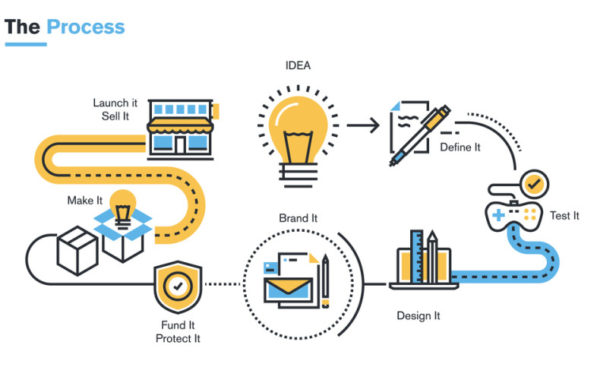We can hardly imagine our life without Mobile applications. From groceries ordering to booking an appointment with a doctor, we depend upon various apps. So, these Mobile applications have become a necessity in human day to day life. So, to be a popular application it is necessary that it should have been developed properly by experts. We as mobile app, website development and digital agency work for companies by offering app development and other digital marketing services.
We as an App development agency understand the requirement of the every business and help them grow their business by creating application to be used on smart phones or tablets and even on computers. These applications are developed by our professionals and team. We are popular app Development Company who offers services of developing web-based app or a desktop version of the app which are deployed to mobile and tablet devices. There are various services offered by us are:

Mobile App Development:
Whether it is a newly start-up company or an established company, both need a well developed application for their business. At Colure, we make custom made application as per the business needs. We create native and cross-platform apps for iOS, Android, and Windows.
UI Design:
Designing is the core part of mobile app development process that focuses on the experience of users (UX) and the user interface (UI) designs of an application. We as App developers have experience and knowledge in designing the user interface (UI) for mobile apps. We make sure that the mobile applications are visually appealing, user-friendly, and customers can feel happy while using it.
Cloud-Based Deployments:

Now people require everything online. So, application requires cloud-based deployments. This can be done by a profession and as App developers we have that skill to deploy and integrate mobile apps into the cloud. It has many benefits. Our service is such that the results are better and there is elasticity to scalability. We help to deploy the business application to the cloud which gives benefits of seamless data integration, easy management, and distribution.
AI-Powered Custom Applications:
AI is the future and the experts who can handle all the details and development are the App developers. We are there for the companies who assist them to use artificial intelligence (AI) and data science for designing and development of custom applications.
Support and Maintenance:
Once App is developed, it requires proper maintenance also for getting better results. We have experienced team of professionals who offers after-sales support and maintenance for mobile apps.
Apart from the App development Company, We are also well known for offering complete package of digital marketing; app development, website development and many more services. As App development firm we offer complete digital marketing solutions.
If you are looking for app development to enhance your business scale, we are here for you. Hiring us has many benefits.
• We bring expertise on table. We have knowledge of various platforms, programming language, frameworks.
• We have best tools and technologies to design and develop high quality, good featured mobile applications.
• We are aware of the recent trends and developments in mobile applications. Also we know what is the most suitable as per the requirement of users and hence deliver tailored solutions as per that.
• We help in saving time and cost of the companies as in-house team may not design and develop as per experts in time.
If you are looking for professional app development firm or agency, we could be your perfect partner. We can handle your project properly and deliver it within time frame. We ensure that your business shall grow with the application specifically developed for you by us!!!




































